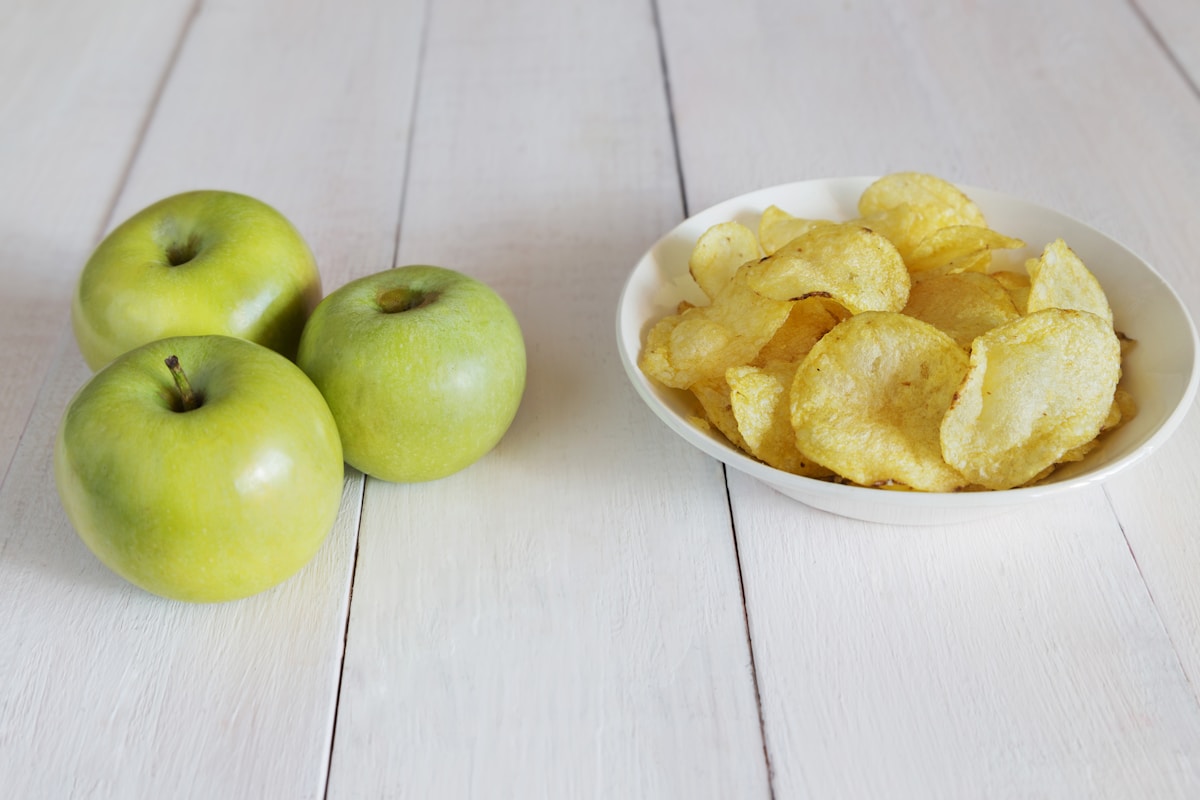Your Guide to Calculating Daily Energy Needs
Uncover how TDEE guides your nutrition to achieve weight goals. Learn the importance of balancing BMR, activity, and TEF for personalized dietary success.

Understanding TDEE
Total Daily Energy Expenditure (TDEE) shows your daily calorie needs. It includes your Basal Metabolic Rate (BMR), physical activity, and the Thermic Effect of Food (TEF).
Why is TDEE important?
- Weight Management: Know your calorie needs to maintain, lose, or gain weight.
- Personalization: Create a nutrition plan that fits your fitness goals.
- Full Picture: Covers all activities and metabolic processes.
Your BMR is the calories you burn at rest. Physical activity adds to this total. TEF is the energy used to digest food.
TDEE reveals your true energy needs. It helps you make smart choices that align with your goals. Whether you want to bulk up or slim down, TDEE guides your plan. It helps you manage your diet and boost performance.
Components of TDEE Calculation
Basal Metabolic Rate (BMR) is the biggest part of your TDEE. It’s the energy your body needs at rest. Think of it as the calories you burn just by being alive. Factors like age, gender, and body composition affect BMR. More muscle means a higher BMR. For a deeper understanding of how resting metabolic rate influences weight management, explore our article on resting calories and metabolism.
Physical activity comes next. It’s all the movement you do daily—from workouts to walking around. Activity levels range from sedentary: little or no exercise, to extra active: hard exercise or a physical job. Each level has a multiplier that helps calculate how much extra energy you need.
Then there’s the Thermic Effect of Food (TEF). It’s the energy used to digest and process food. Usually, it accounts for about 10% of your daily calorie intake. Eating more protein can increase TEF, boosting your metabolism slightly.
Here's how these components work together:
- Calculate BMR: Use your age, weight, height, and gender.
- Add Physical Activity: Choose your activity level and apply the multiplier.
- Include TEF: Estimate around 10% of your total calories.
These elements give you a clear picture of your energy needs. Understanding each part helps you tailor your nutrition to fit your fitness goals.

How to Calculate Your TDEE
Calculate your TDEE using the Mifflin-St Jeor equation.
Start by finding your Basal Metabolic Rate (BMR). This number shows how many calories you burn while resting. You'll need your age, weight, height, and gender.
Next, apply an activity multiplier based on your lifestyle:
- Sedentary: Minimal exercise
- Lightly Active: Exercise 1-3 days weekly
- Moderately Active: Exercise 3-5 days weekly
- Very Active: Hard exercise 6-7 days weekly
- Extra Active: Intense exercise, physical job, or twice-daily training
Pick the level that matches your routine for an accurate TDEE.
Use your TDEE to guide your eating:
- Weight Loss: Eat less than your TDEE. For more on creating a calorie deficit, explore our detailed guide on how a calorie deficit can aid in losing weight.
- Weight Gain: Eat more than your TDEE. Discover effective strategies in our easy guide to calculating calories for weight gain.
- Weight Maintenance: Match your TDEE
Knowing your TDEE helps you align your diet with your fitness goals. This knowledge empowers you to make smart choices for better performance.

Applying TDEE for Your Goals
Understanding TDEE is key for fitness success. It guides you to your health goals. Whether you want to lose weight, gain muscle, or maintain your shape, TDEE helps you adjust your diet effectively.
Key Takeaways:
- Weight Loss: Eat fewer calories than your TDEE.
- Weight Gain: Eat more calories than your TDEE.
- Maintenance: Match your calories to your TDEE.
Tracking TDEE helps you make smart choices about your body's needs. As your weight changes, adjust your intake to keep progressing.
We make this process simple. Our service tracks your nutrition quickly and accurately. Our AI calorie estimates and big food database let you log any meal with ease.
Check your TDEE often to stay on track with your fitness goals. As your body changes, update your nutrition plan. We're here to help you succeed with detailed macro tracking and progress reports.
With the right info and tools, you can reach your fitness goals. TDEE is crucial for creating a nutrition plan that fits your life and aims.
Want more posts like this?Sign up for our FREE newsletter →